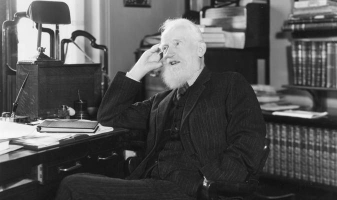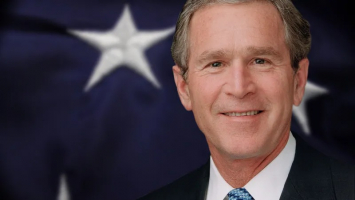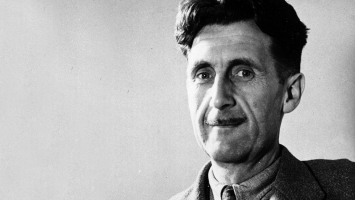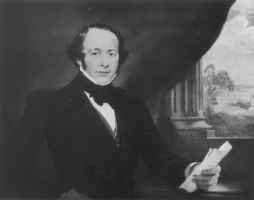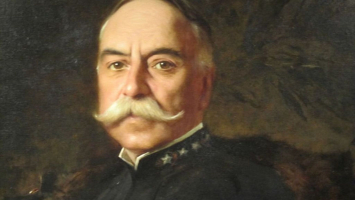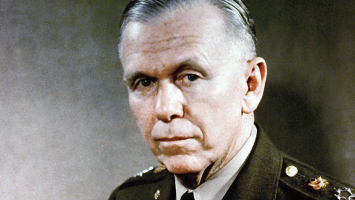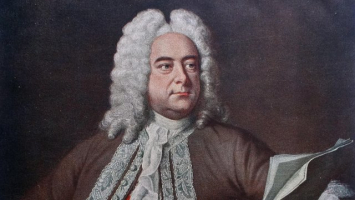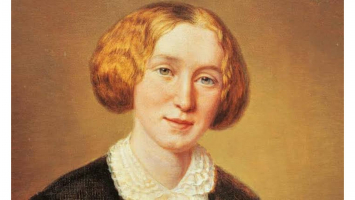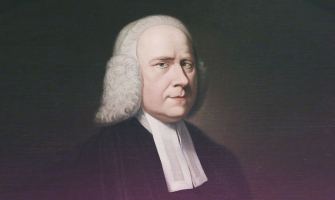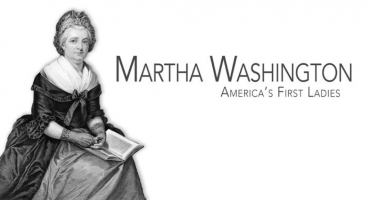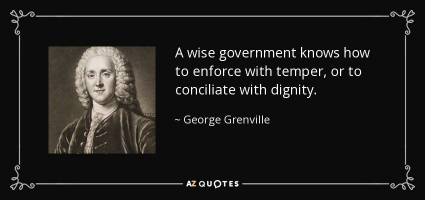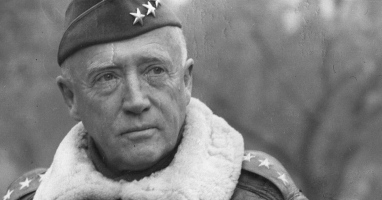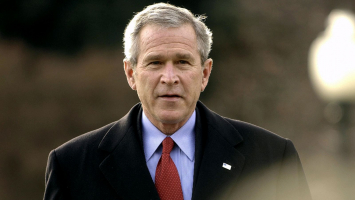Top 10 Interesting Facts about George Washington
George Washington is infamously known for his role as general of the Revolutionary War and for being the first President of the United States. Here are the top ... read more...10 interesting facts about George Washington. They reveal his new aspect that many people don't know and the way he addresses the global issues of his time.
-
After his father passed away when he was 11 years old, the first president's formal education came to a stop. Young George was no longer given the chance to pursue an education in England while studying overseas, as his older half-brothers did. He did, however, go to Hartfield's Lower Church School. In addition to being a skilled draftsman and mapmaker, he also acquired arithmetic, trigonometry, and land surveying. He began writing with “great force” and “precise” in his early adult years, but his prose lacked comedy or wit. He had a tendency to blame others' inefficiency for his flaws and mistakes in the chase of adulation, status, and power.
As the oldest of six children in his father's second family, Washington's mother never remarried, leaving the young man to bear heavy responsibilities at a young age. She showed him how to manage a tobacco farm, and when he was 16 years old, he started working as a land surveyor. Washington would be ashamed of his inadequate education for the rest of his life.
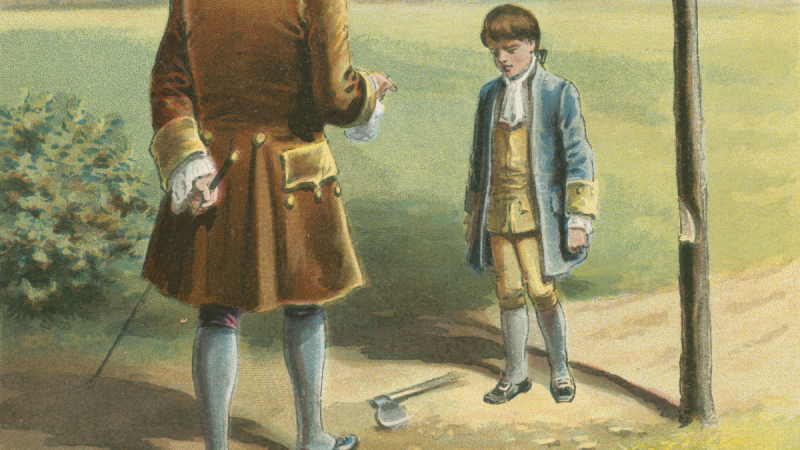
Photo: A young George Washington - history 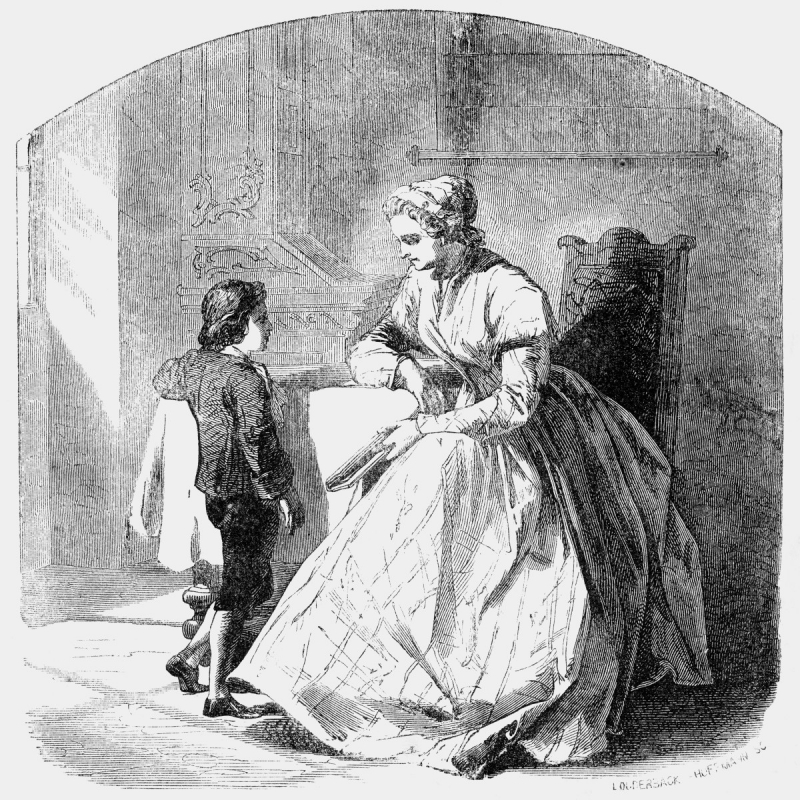
Photo: A young George Washington - history -
Virginia sided with the British, while France and Britain struggled for land on the outskirts of the North American colonies. In his capacity as a Virginia militia officer, Washington was dispatched with 150 soldiers to the Ohio Valley (modern-day western Pennsylvania) to assist in fending off any French attacks. He led an attack with 40 of his soldiers and a dozen native warriors after receiving warning from Native American allies in the area that a small French army had set up camp a few kilometers from his location.
Washington advanced on May 28 with a small army of Virginians and Indian allies to ambush the French troop, which turned out to be just about fifty men. It is still unknown who opened fire, but at least 10 French soldiers and one Virginian were killed by the end of the 15-minute conflict, including Joseph Coulon de Villiers, Sieur de Jumonville, a minor French aristocrat who the French later claimed was on a diplomatic mission. Jumonville and three of his soldiers were found dead and scalped by French forces, who suspected Washington was to blame. Washington attributed the failure to convey French objectives to his translator. Dinwiddie praised Washington for defeating the French. The French and Indian War, which started as a dispute between the French and the British but quickly extended to other countries, became known as the World War.
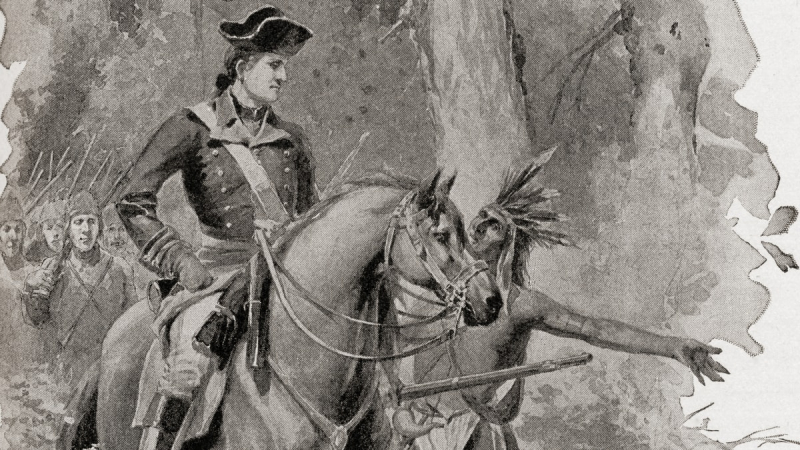
Photo: Washington Led A Disastrous Military - history 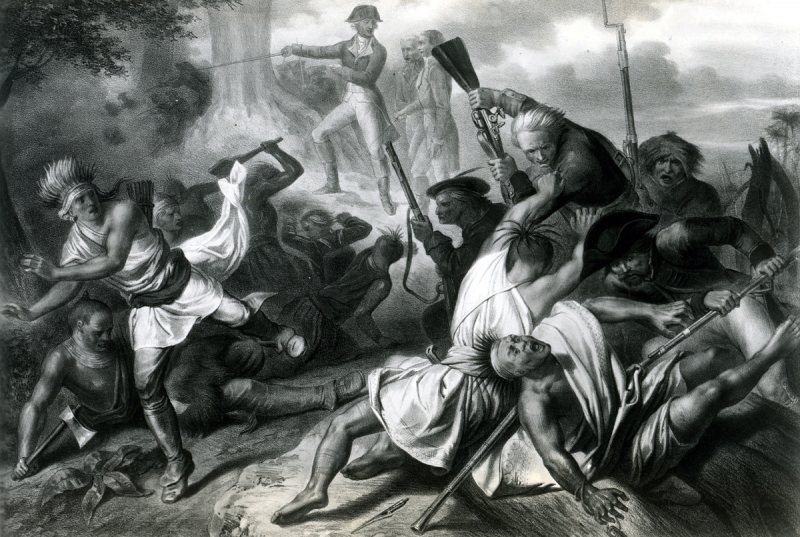
Photo: Washington Led A Disastrous Military - history -
One of the interesting facts about George Washington is despite his outstanding strength and robust constitution, Washington spent his whole life dealing with teeth issues. He took laudanum to treat the persistent agony brought on by his tooth issues. Only one of Washington's original teeth was still present when he was elected president in 1789; in 1796, he eventually had that tooth extracted. He therefore wore numerous sets of dentures.
Dentures were uncomfortable to wear, which had an impact on how Washington spoke in public and appeared in photographs. The dental device he wore included human teeth (perhaps, but not definitely, those of slaves), ivory-made teeth, and filed-down teeth from animals (likely cows or horses) (including elephant, walrus and hippopotamus). They were never made of wood, despite the fact that they may have resembled it after being discolored by use. At the time, dentists did not frequently use wood because of its porousness, splinters, and propensity to expand and compress when exposed to moisture.
He was really uncomfortable with the false teeth, which contributed to his lack of smiles. His morning hoe cakes and syrup, which were picked for their softness, had to be chopped into teeny pieces for him to be able to eat them.
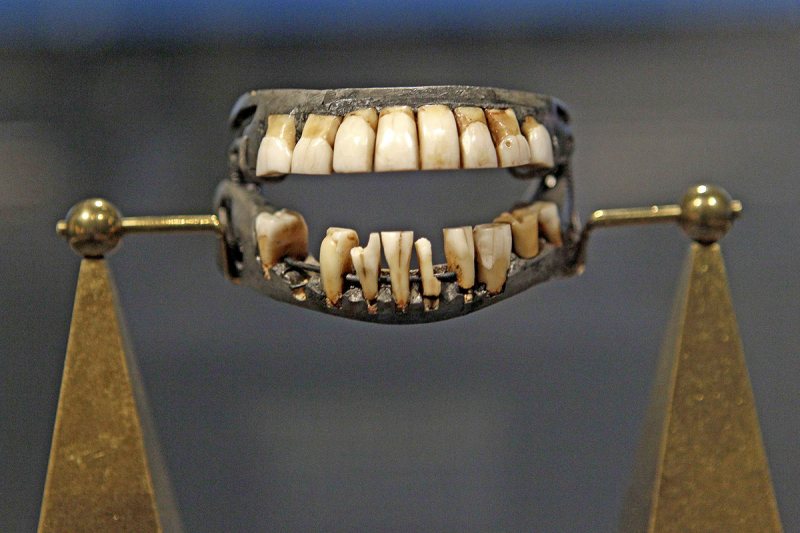
Photo: Washington's teeth - livescience 
Photo: Washington's teeth - thetimes -
With an army that was consistently understaffed, under trained, and undersupplied, Washington battled valiantly to win the Revolutionary War. He therefore increased his reliance on his covert weapon: a clandestine intelligence network, in order to defeat one of the most formidable military forces in the world. Washington's spies assisted him in making brave, astute judgments that would change the course of the war and, in some cases, even save his life.
There is much mystery about Washington's covert espionage network and how it contributed to the success of the American Revolution: There were letters invisibly written, an African-American double agent, a patriot tailor who gathered information while creating garments for British officers, letters written in invisible ink, and the grisly execution of the spy Nathan Hale. General Washington “was more extensively involved in intelligence operations than any American general-in-chief until Dwight Eisenhower during World War II”, according to the Central Intelligence Agency.
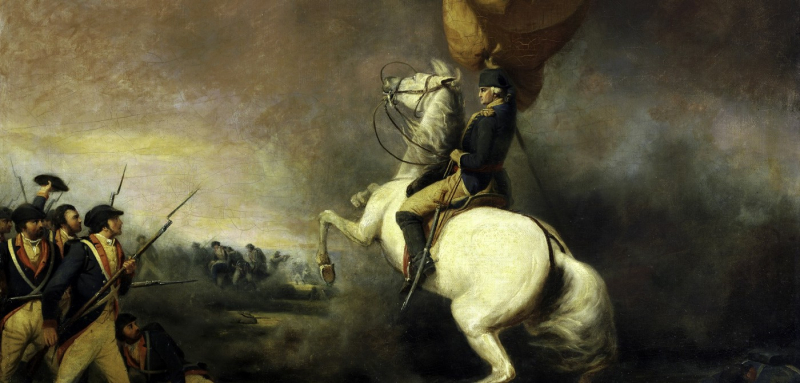
Photo: George Washington — Soldier, Statesman… and Spymaster - medium 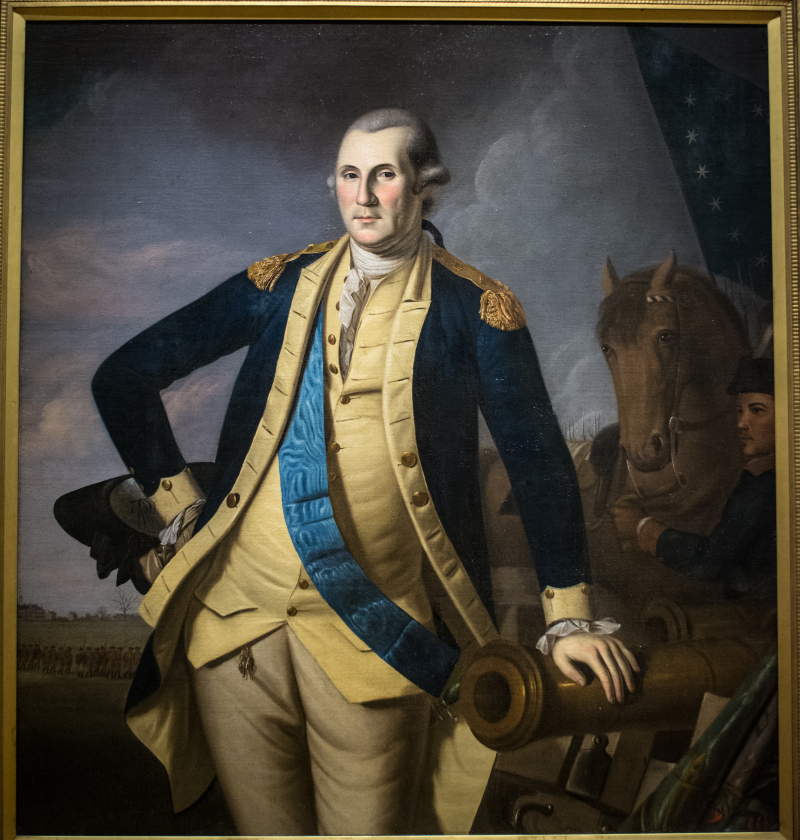
Photo: George Washington - commons.wikimedia -
Washington married Martha Dandridge Custis, the 27-year-old widow of wealthy plantation owner Daniel Parke Custis, on January 6, 1759, when he was 26 years old. The ceremony was held at Martha's estate; the couple enjoyed a wonderful marriage thanks to Martha's intelligence, graciousness, and estate management expertise. However, he had no biological children.
The reason Washington was unable to conceive has never been proven beyond a reasonable doubt; ideas range from George's early cases of smallpox or tuberculosis to Martha's measles case. Washington, however, became the legal guardian of John Parke Custis, also known as Jacky, who was four, and Martha Parke Custis, known as Patsy, who was two, when he wed Martha Custis, a wealthy young widow. He loved them dearly. But unfortunately, it is terrible that when Patsy, who was 17, passed away from an epileptic attack.
He particularly enjoyed giving advice in letters as a father figure, on topics ranging from romance to education. He said that love is “a mighty gorgeous thing; but like all other delectable things, it is cloying” and that it is “too dainty food to survive upon alone.” He also chastised his stepson for not being more disciplined with his studies and for marrying for the wrong reasons.
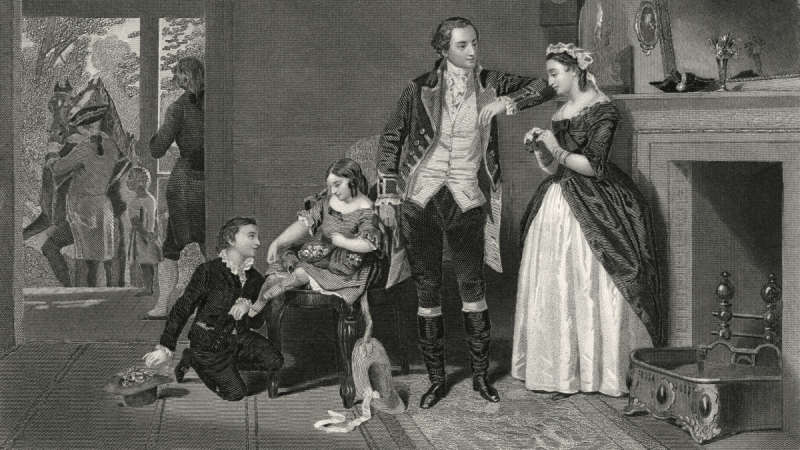
Photo: Washington's family - history 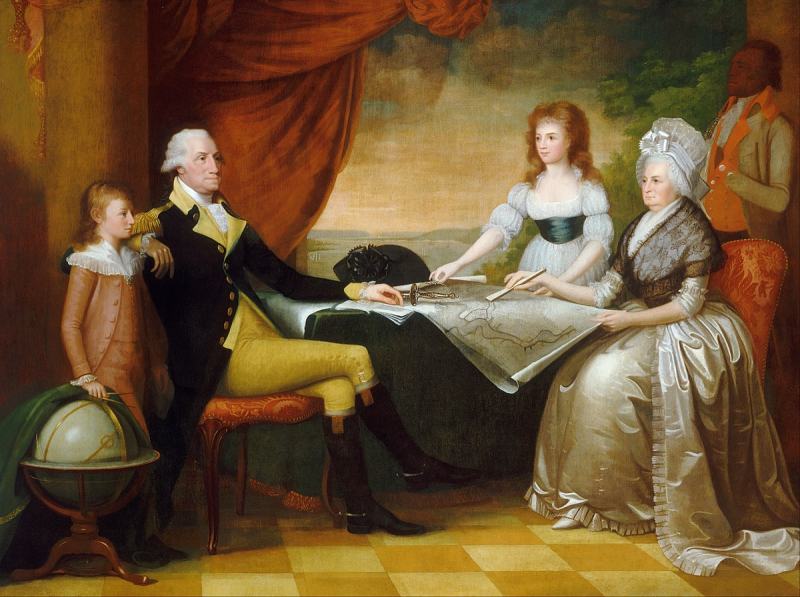
Photo: Washington's family - wikipedia -
In addition to being the country's first president, George Washington was also its first mules breeder. After receiving a Spanish jack as a gift from King Charles III of Spain in 1784, he started breeding mules after realizing the usefulness of the mule for farmers (mules are a cross between a horse and a donkey). He thought that well bred mules will revolutionize agriculture and transportation at a period when there weren't many mules in the United States.
He also bred other animals besides mules. At Mount Vernon, Washington kept a variety of dog breeds, including mastiffs, Dalmatians, English foxhounds, French hounds, Italian greyhounds, pointers, spaniels, and terriers. He was a major dog enthusiast who throughout the years carefully bred hunting dogs for speed, selectively giving them names like Sweet Lips, Venus, Trulove, Taster, Tippler, Drunkard, and Madame Moose.
And pets were not restricted to dogs at Mount Vernon. Over the years, the Washington family also kept a variety of pet birds, including canaries, green parrots, and a cockatoo. There is evidence that they may have also kept goldfish. George Washington maintained an English and American deer park in front of the mansion for a lot of years. Some of them were allegedly so docile that they would eat straight from human hands.
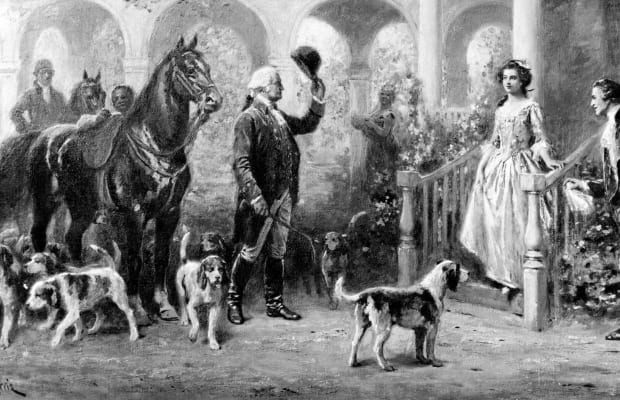
Photo: George Washington: Founding Father And Passionate Dog Breeder - history 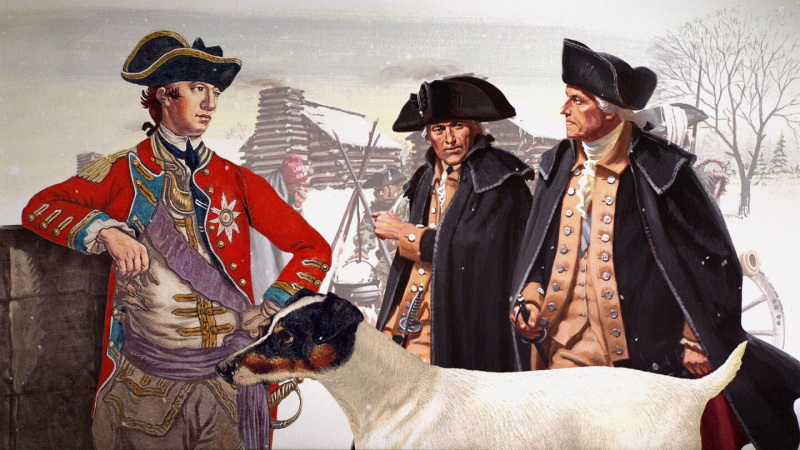
Photo: Washington and His Dog - history -
One of the great mysteries of Washington's life and legacy is his inconsistent views on slavery. He owned slaves who farmed his land, just like almost all affluent Virginian landowners. When his father passed away in 1743, he inherited his first group of personal slaves. Ten slaves were left in Washington's will, who was just 11 years old at the time. He had acquired at least eight more slaves by the time he wed Martha Custis in 1759 (who brought her own enslaved people to the union).
Washington's views on slavery changed throughout time. He grew more uneasy with the idea of owning and acquiring other people during the Revolutionary War. He advocated for abolition in theory, but never in practice. His plantation, fortune, and social standing all rested on the labor of enslaved people. Washington spent the final three years of his life attempting to bring back one of Martha's slaves after she escaped to freedom in 1796. However, when the time came to write his will, it included a directive to release his slaves, with the caveat that they stay with Martha for the remainder of her days.
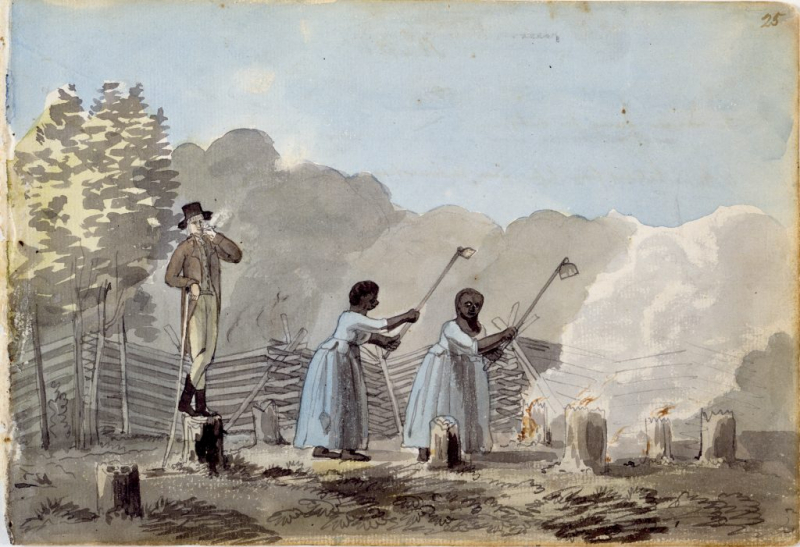
Photo: George Washington and Slavery - encyclopediavirginia 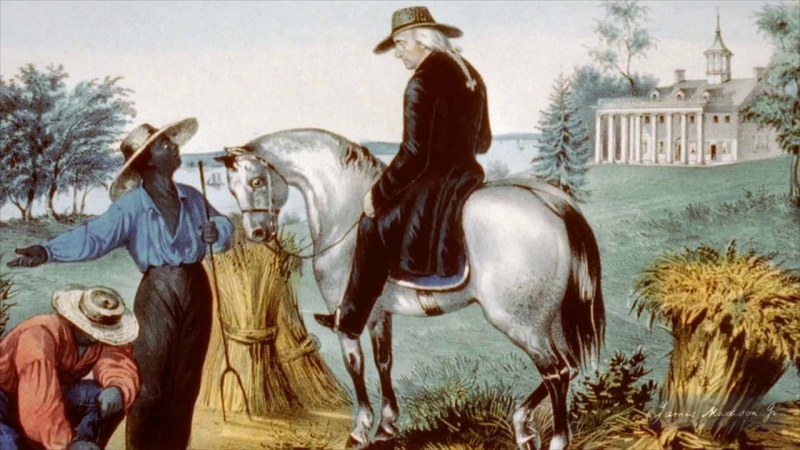
Photo: George Washington and His Runaway Slaves - owlcation -
Washington was a tall, strong man who avoided numerous fatal situations. Washington had diphtheria, tuberculosis, smallpox, malaria, dysentery, quinsy, carbuncle, and pneumonia at various periods in time. He narrowly escaped drowning in an ice-filled river. He survived Fort Necessity's burning and carnage. In single combat, he avoided having two horses shot out from under him and had four bullets close enough to penetrate his clothing. Experienced dozens of near-death experiences, but he still managed to preserve his life. So one of the interesting facts about George Washington is that he was a tough man to kill.
Ironically, he was killed by a cold. Technically speaking, it was epiglottises, a throat illness that could be treated with drugs today. His medical professionals effectively tortured him as he lay dying, burning him to get rid of the illness and taking 40% of his blood in the process. As he was persuaded previous people in history had been, Washington was terrified of being buried alive. Just in case, he stipulated that his body shouldn't be interred for three days following his passing.
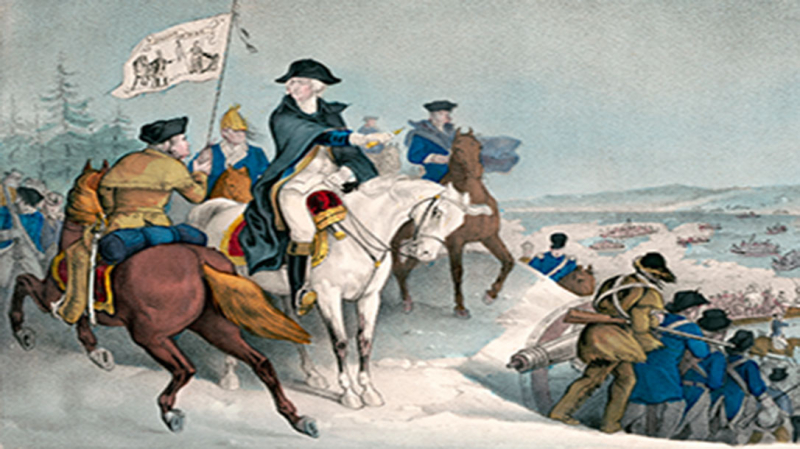
Photo: Washington on the battlefield - skillsetmag 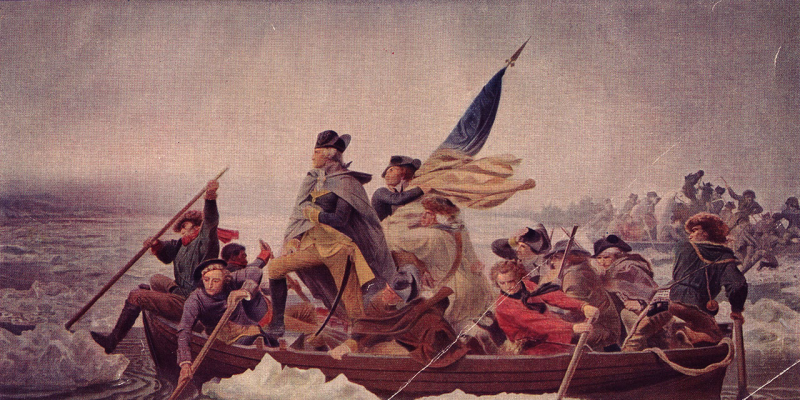
Photo: Washington on the battlefield - city-journal.org -
Washington demonstrated a deep and intense interest in practical technologies of all kinds throughout his life. In the 1760s, he made a name for himself as an inventive farmer by switching the principal cash crop from tobacco to wheat.
He tirelessly experimented with new crops, fertilizers, crop rotation, tools, and livestock breeding in an effort to enhance his farming operation. Washington became one of the top breeders and promoters of the American mule by making use of a superb donkey that the King of Spain had gifted to him. Washington, who served as president, authorized the patent for a brand-new automated grinding system. Washington put Oliver Evans automated mill technology in his flour mill because he was intrigued by the idea.
He also had time to create a brand-new, two-story, 16-sided threshing barn that substantially facilitated the separation of wheat from chaff. His efforts in agricultural transformation as well as smart agriculture have helped his country develop very well.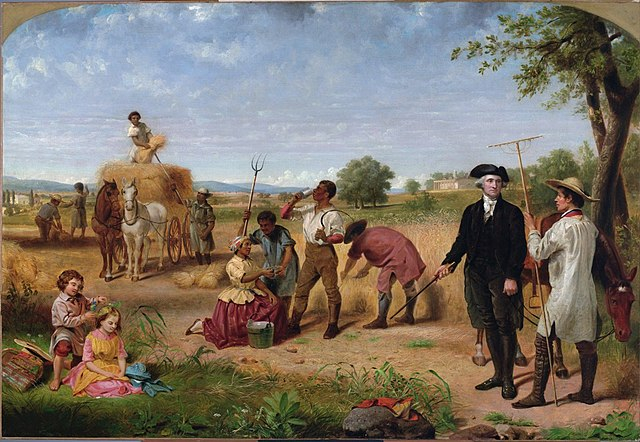
Photo: George Washington as Farmer at Mount Vernon -e s.m.wikipedia.org 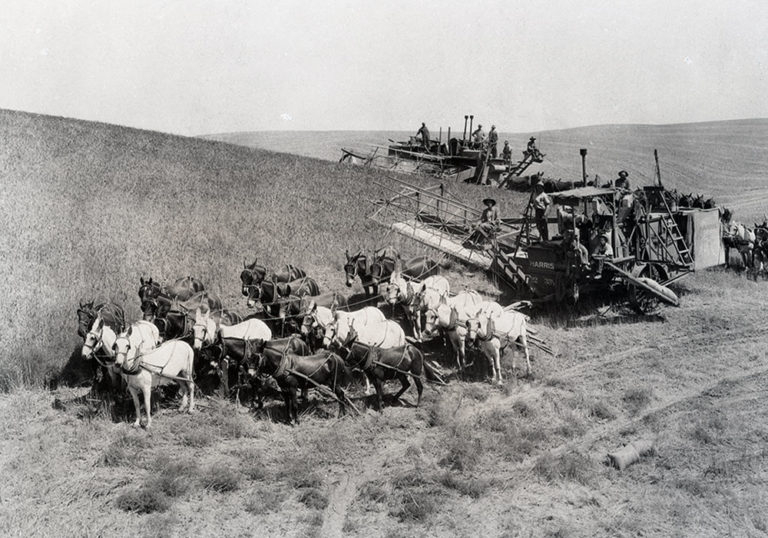
Photo: Wheat - wagrains -
George Washington was allegedly the wealthiest president in American history. In the western regions of Virginia and what is now West Virginia, as well as in Maryland, Pennsylvania, New York, Kentucky, and the Ohio Country, Washington possessed more than 50,000 acres.
Washington had a strong vision of how a western expansion would not only benefit the young nation but also strengthen national unity long before Lewis and Clark set out on their journey.
Washington envisioned a continental transportation network that would make it simple for future goods from the Ohio Valley to move to the Atlantic ports by connecting the headwaters of the east-flowing Potomac and the west-flowing Ohio.
Even Washington's decision to locate the nation's capital near the Potomac River's banks was made with this westward orientation in mind. These have proven the insight of a talented strategist.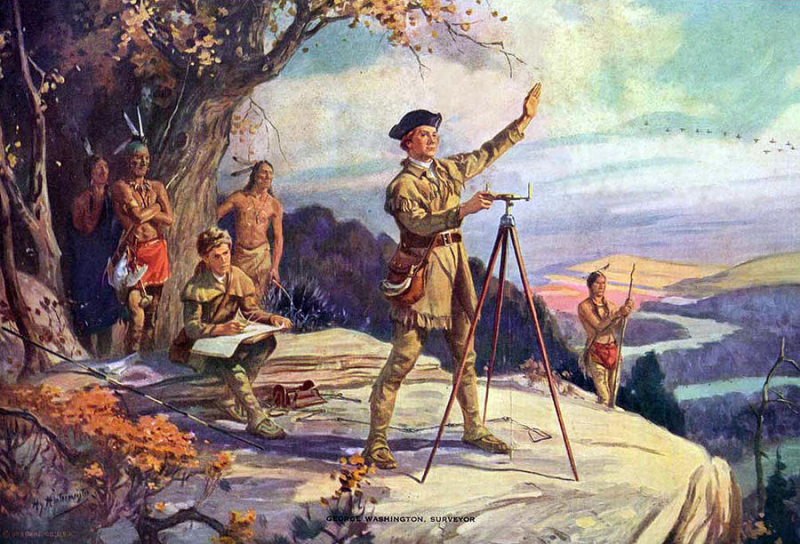
Photo: George Washington As A Young Surveyor - pixel 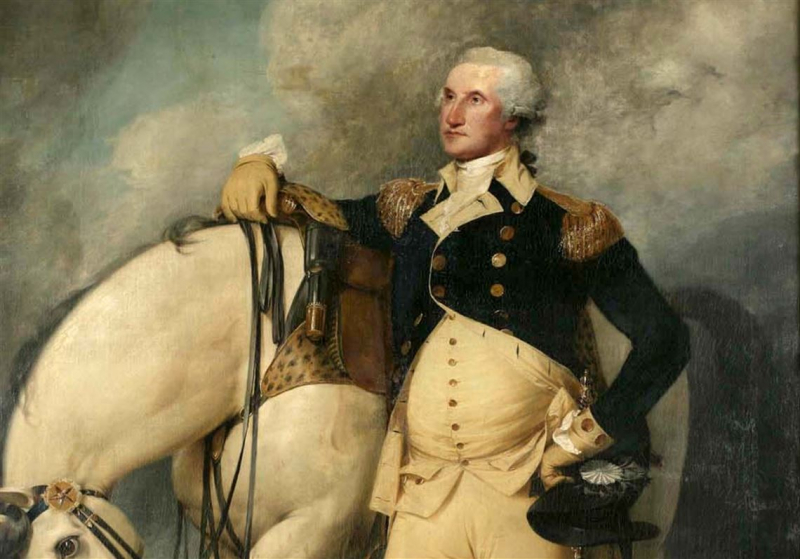
Photo: George Washington - washingtoncrossingpark












